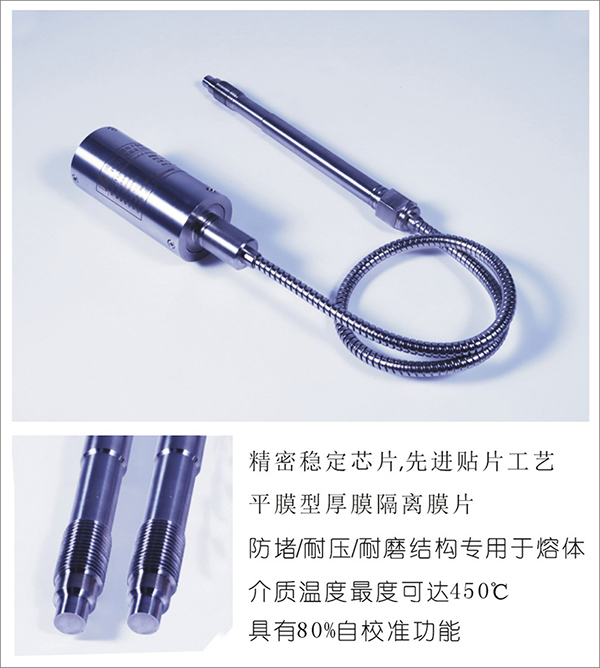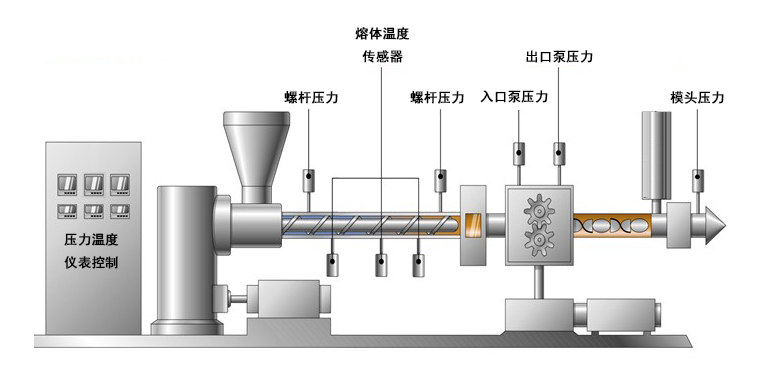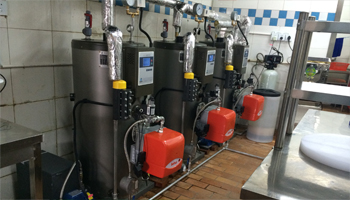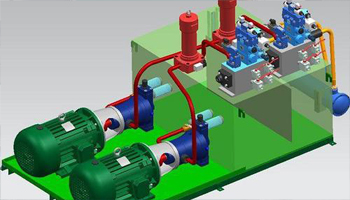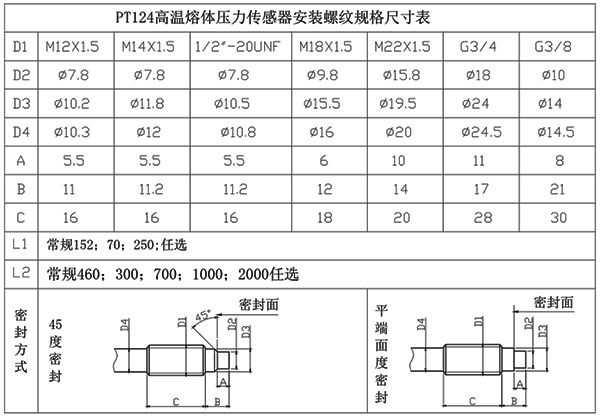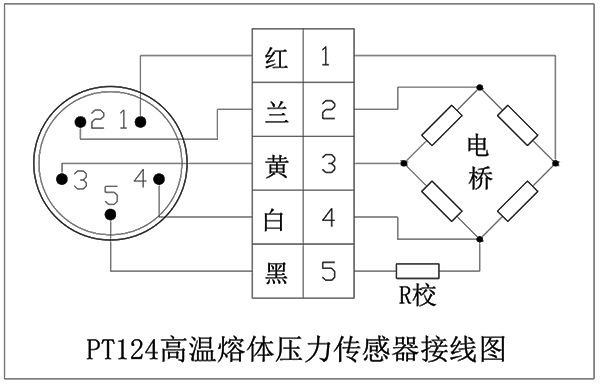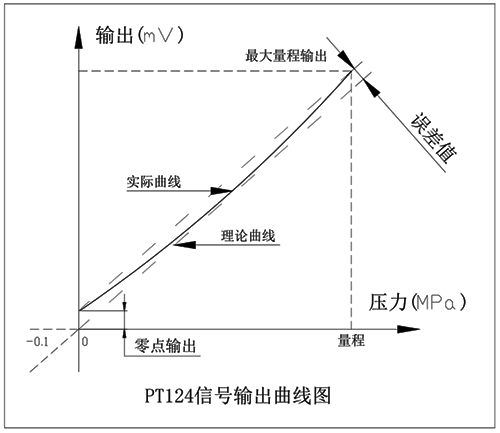PT124高温熔体压力传感器安装时注意事项
为尽量延长传感器的使用寿命,提高使用精度,用户在收到传感器后或仪表后,除认真阅读使用说明书外,注意以下六点是保证传感器正常使用的重要因素。
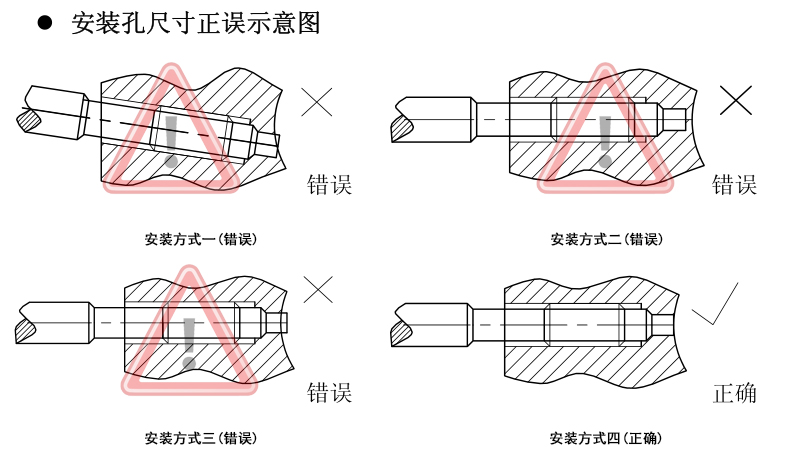
1、传感器的安装
最易损坏压力传感器因素之一是安装在不适当的孔内,孔太小或太偏,传感器膜片被擦伤从而影响测试精度甚至完全失效。我厂能提供安装孔加工工具,协助加工出最合适的安装孔。
2、安装孔的清理
当安装孔经过正确加工后,最重要的是保证孔内没有储存的金属异物或塑料。在清理挤出机前将所有的传感器从设备上卸下,以免损坏膜片,在第二次装机前,应用清理工具将安装孔清理干净。
3、不正确安装
如果传感器被安装在离料口太近的地方,未熔化的塑胶或化纤颗粒会损伤传感器的膜片,如果传感器插入过浅,在膜片和螺杆之间形成一个堆积未熔化的胶料,长时间会碳化,影响准确地测量压力,但插入太深会打坏膜片。
4、 冷启动
传感器装机后必须有足够的加热时间,保证物料进入螺杆内部可变为适当的流体, 在卸下时了应保证 螺杆是在正常的工作温度下进行, 否则易损坏传感器及设备。
5、传感器的安装位置
传感器探头耐温450℃,外壳部份80℃,在设计安装孔时应考虑将传感器尽可能安装在主机的下部或侧部,安装好后应检查传感器外壳是否在保温层上或加热块上,应尽可能离开温度区用支架将传感器 固定。
6、过载的影响
传感器虽然有1.5-2倍额定压力的过载能力,但长时间过载会影响传感的使用寿命,使用传感器在额定压力的0.5 - 0.8倍即可。
Precautions for installation of PT124 high temperature melt pressure sensor
In order to prolong the service life of the sensor as far as possible and improve the use accuracy, the user should pay attention to the following six points after receiving the sensor or the instrument, in addition to carefully reading the instruction manual.
1. Sensor installation
One of the most easily damaged factors of the pressure sensor is that it is installed in an inappropriate hole. If the hole is too small or too partial, the sensor diaphragm will be scratched, which will affect the test accuracy and even completely fail. Our factory can provide installation hole processing tools to help process the most suitable installation hole.
2. Cleaning of mounting holes
When the mounting hole is properly machined, it is most important to ensure that there is no metal foreign matter or plastic stored in the hole. Before cleaning the extruder, remove all sensors from the equipment to avoid damaging the diaphragm. Before the second installation, clean the mounting holes with cleaning tools.
3. Incorrect installation
If the sensor is installed too close to the material mouth, the unmelted plastic or chemical fiber particles will damage the diaphragm of the sensor. If the sensor is inserted too shallow, a deposit of unmelted rubber will be formed between the diaphragm and the screw, which will carbonize for a long time and affect the accurate measurement of pressure force. However, if the sensor is inserted too deep, the diaphragm will be damaged.
4. Cold start
After the sensor is installed, there must be enough heating time to ensure that the material enters into the screw and can be changed into appropriate fluid. When the sensor is unloaded, it should be ensured that the screw is carried out at normal working temperature, otherwise the sensor and equipment are easy to be damaged.
5. Installation position of sensor
The temperature resistance of the sensor probe is 450 ℃ and the shell part is 80 ℃. In the design of the mounting hole, the sensor should be installed at the lower part or side of the host as much as possible. After installation, the sensor shell should be checked whether it is on the insulation layer or heating block, and the sensor should be fixed with a bracket as far as possible away from the temperature area.
6. Effect of overload
Although the sensor has an overload capacity of 1.5-2 times of the rated pressure, long-term overload will affect the service life of the sensor. The sensor can be used at 0.5-0.8 times of the rated pressure.

